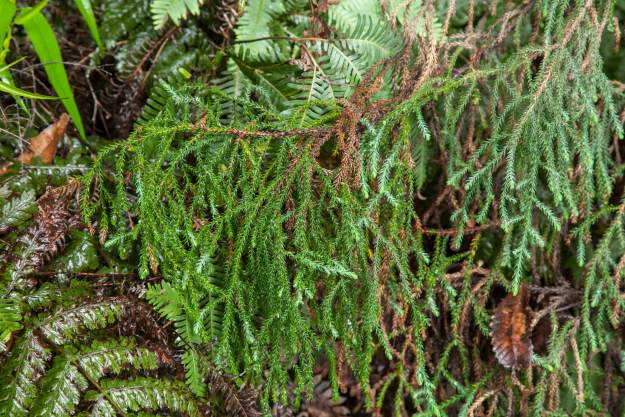Upper Kedumba Bushcare group hosted 35 Volunteers from Garguree swampcare and Friends Of Katoomba falls groups and the broader BC community in our annual Kedumba Catchment Gully get-together.
It was a great success, with a wonderful community feel and a great boost to The Upper Kedumba Bushcare site, with so many enthusiastic and committed helping hands we also had 5 new volunteers join in.
After a full work morning we indulged in a wonderful shared feast and heard from Eric Mahony about works in the catchment and how our workdays positively impact on it and Jane about our Bushcare native bee metropolis and who we would likely see using the bee hotels.
We were working on 4 different site components, giving a variety of work options to the volunteers so they could join in with tasks to challenge them and also tasks where they would feel familiar and relaxed.
Our work day consisted of
1 – Continuing to create a wetland soak in the low lying section of Upper Kedumba, to change the environmental conditions currently present, trying to create a wetter area hoping to diminish annual grasses and create more habitat for aquatic critters, whilst slowing the flow of the water in big rain events capturing it on site , and stripping nutrients from it.
In Feb/March we hope to plant this area out with Juncus and other sedges
2 – Continuing on with a creation of a mulch path through the site – The long-term vision is to create a site where local community will feel inclined to walk through it and stop and find out about local native bees, fauna and habitat creation and why these things are needed and how important they are in our local environment.
3- Removal of small and large privets in bands across the slope – this work will be supported by a day of contracting works in the next 3 months and continued planting of endemic species.
4- Removal of Montbretia from a drainage line.
Thank you to all who came along and helped with our ongoing Bushcare works
By Jane Anderson
















